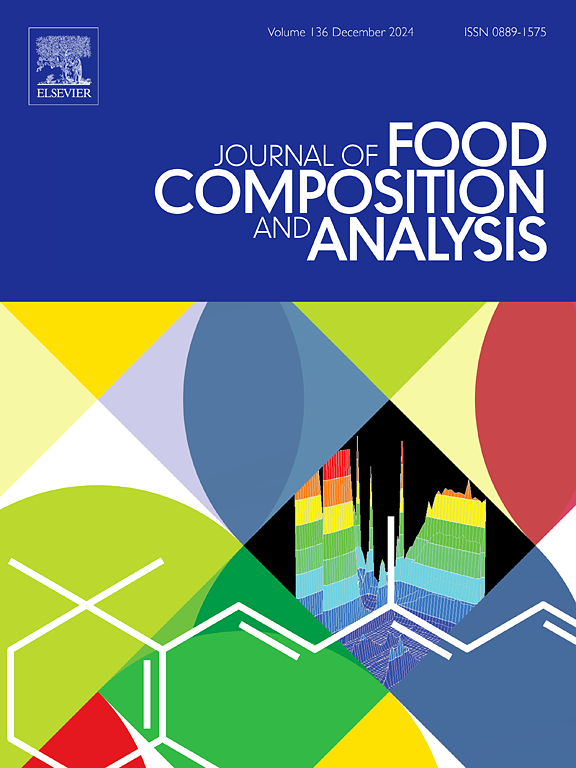Dragon fruit: Exploring bioactive compounds and their promising role in functional food innovation and value-added products
IF 4
2区 农林科学
Q2 CHEMISTRY, APPLIED
引用次数: 0
Abstract
Dragon fruit, also known as pitaya, is highly nutritious and each part of the fruit viz., peel, pulp, and seeds are rich in polyphenols, flavonoids, antioxidants, sugars, dietary fiber, vitamins, and minerals. The combination of antioxidants, vitamins, and fiber makes dragon fruit a valuable addition to a balanced diet. It can potentially be used in antidiabetic, anticancerous, and nutraceutical preparations. Dragon fruit is also a rich source of betalain, oligosaccharides, fats with a high proportion of essential fatty acids, and pigments like β-carotene and lycopene. Owing to its phytochemical and nutraceutical potential dragon fruit can play a promising role in developing functional food and value-added products. Betalains are the principal phytochemicals in dragon fruits that consist of betacyanins and betaxanthins. The prebiotic principle in dragon fruits is oligosaccharides, which stimulate the growth of beneficial gut microbiota, viz., Bifidobacterium and Faecalibacterium; improve the immune system by increasing immunoglobulin A and G; preventing intestinal diseases like colon cancer. The seeds are rich in essential fatty acids principally omega-3 and omega-6 and tocopherols with a potential for utilization in nutraceutical preparations. Dragon fruit extract can also be used to prepare fermented beverages and naturally carbonated probiotic drinks. The phytochemicals in the various extracts including betalains, flavonoids, and phenolics can be encapsulated for targeted delivery. The current study is a comprehensive review of the nutritional and bioactive potential, and health benefits of dragon fruits exploring its possible functional food applications and value-added products.
求助全文
约1分钟内获得全文
求助全文
来源期刊

Journal of Food Composition and Analysis
工程技术-食品科技
CiteScore
6.20
自引率
11.60%
发文量
601
审稿时长
53 days
期刊介绍:
The Journal of Food Composition and Analysis publishes manuscripts on scientific aspects of data on the chemical composition of human foods, with particular emphasis on actual data on composition of foods; analytical methods; studies on the manipulation, storage, distribution and use of food composition data; and studies on the statistics, use and distribution of such data and data systems. The Journal''s basis is nutrient composition, with increasing emphasis on bioactive non-nutrient and anti-nutrient components. Papers must provide sufficient description of the food samples, analytical methods, quality control procedures and statistical treatments of the data to permit the end users of the food composition data to evaluate the appropriateness of such data in their projects.
The Journal does not publish papers on: microbiological compounds; sensory quality; aromatics/volatiles in food and wine; essential oils; organoleptic characteristics of food; physical properties; or clinical papers and pharmacology-related papers.
 求助内容:
求助内容: 应助结果提醒方式:
应助结果提醒方式:


